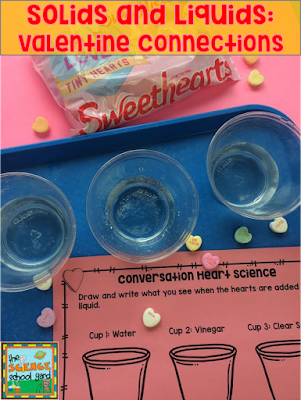This particular lesson though...is a great way to add in a ton of ideas that are all water related and I have just the book that makes this lesson even better.
Dr. Seuss's book A Fish Out of Water is perfect. It has double meaning, too! What is it like to be a fish out of water? Have we all been there? (I also love the addition of Mr. Carp telling everyone that this always happens because the boys don't listen)
Here is how it goes...
1. I start off asking what does it mean a fish out of water? We make a list and then I explain that it kind of means the person is completely clueless or directionless when put into an unfamiliar surroundings or an unfamiliar situation.
2. Perfect time for you to ask if they have ever now felt like a fish out of water. Cue the stories!
3. I now add my what is sustainable energy lesson discussing non renewable and renewable resources. Here is how...What would it be like if you had to all of a sudden live somewhere where there was no electricity or running water. Could you let's say...live off the grid? We discuss tiny homes and the movement and what that would look like.
4. Now that they have thought a little about what they could use that is a natural resource or a sustainable resource...we generate a list. Sun...Water...Wind...we even add trees and corn. If we continue to plant them...
5. I let them know that today after our story they are going to be a fish out of water. I am going to give them only...cue FOSS lesson: 5 red wheels, 1 yellow dowel, three binder clips, a string, and Otto! Yes, Otto. A fish out of water. It is their job to get him in the bucket by only using hydro power!
If you do not have STEM, I have a supply list and alternative in My Water Pack on TPT found HERE.
6. I read the book and then share with them how they will, just like Otto be a fish out of water! They must work together to create a water wheel. I then pop up the google search results for images on Water Wheels. We talk about the shape of the wheel that looks like a bike tire. They are to work together as a team to see who can save Otto first. Competition is what makes this extra fun!
7. Supply lots of towels. Stand back. Watch the magic happen. (I sometimes have to give clues as to what to do, if time is running out, but I wait a while and keep referring back to the water wheel pictures!)
Here are some freebies that you can use...writing connections, pattern, and reflections! You can download them as worksheets or download them for your iPads! I save them to my camera roll...air drop them to my students...then they place it in Explain Everything (you can use PicCollage) in order to be able to insert videos, pictures and text boxes!
 |
| 3 Page Freebie Found HERE |















































